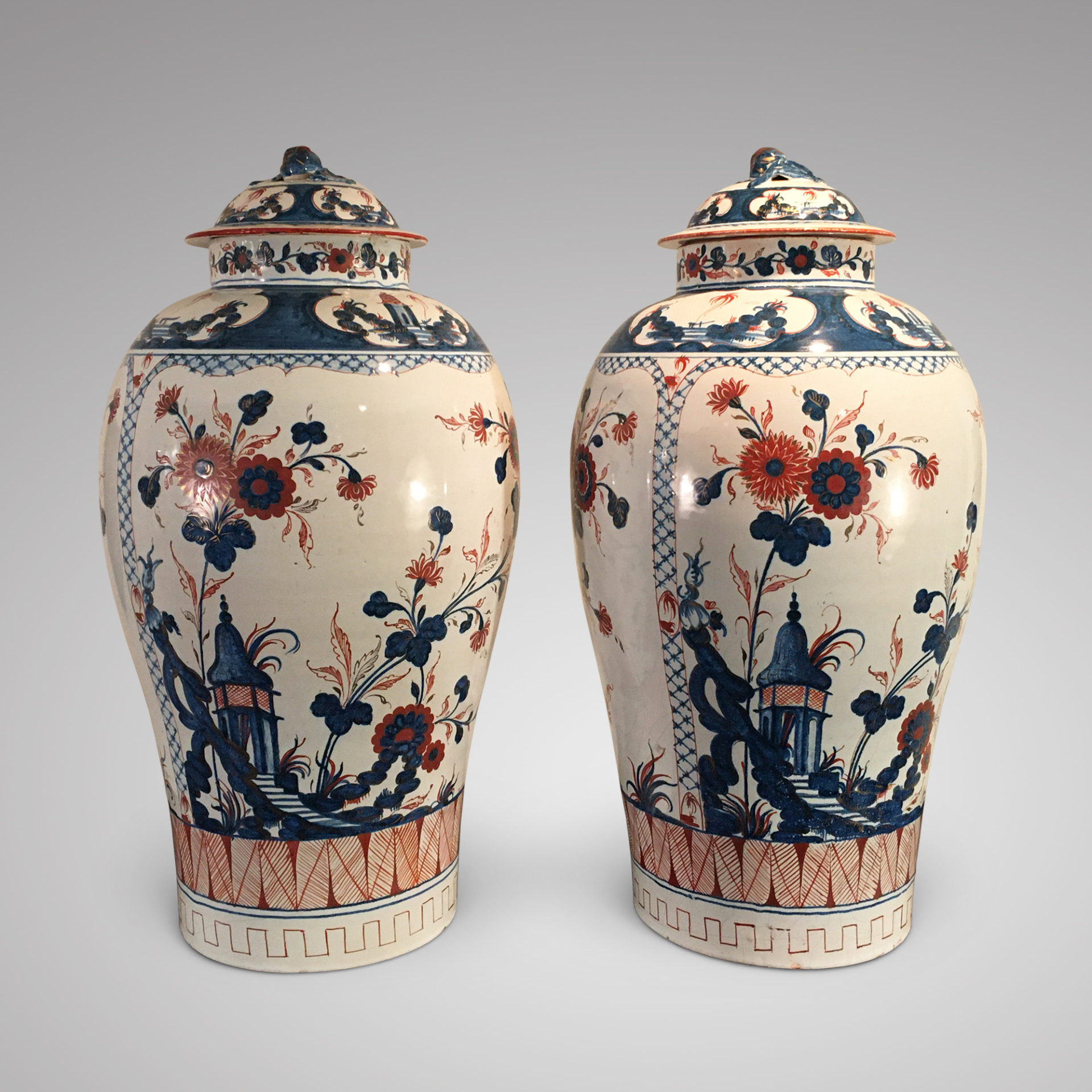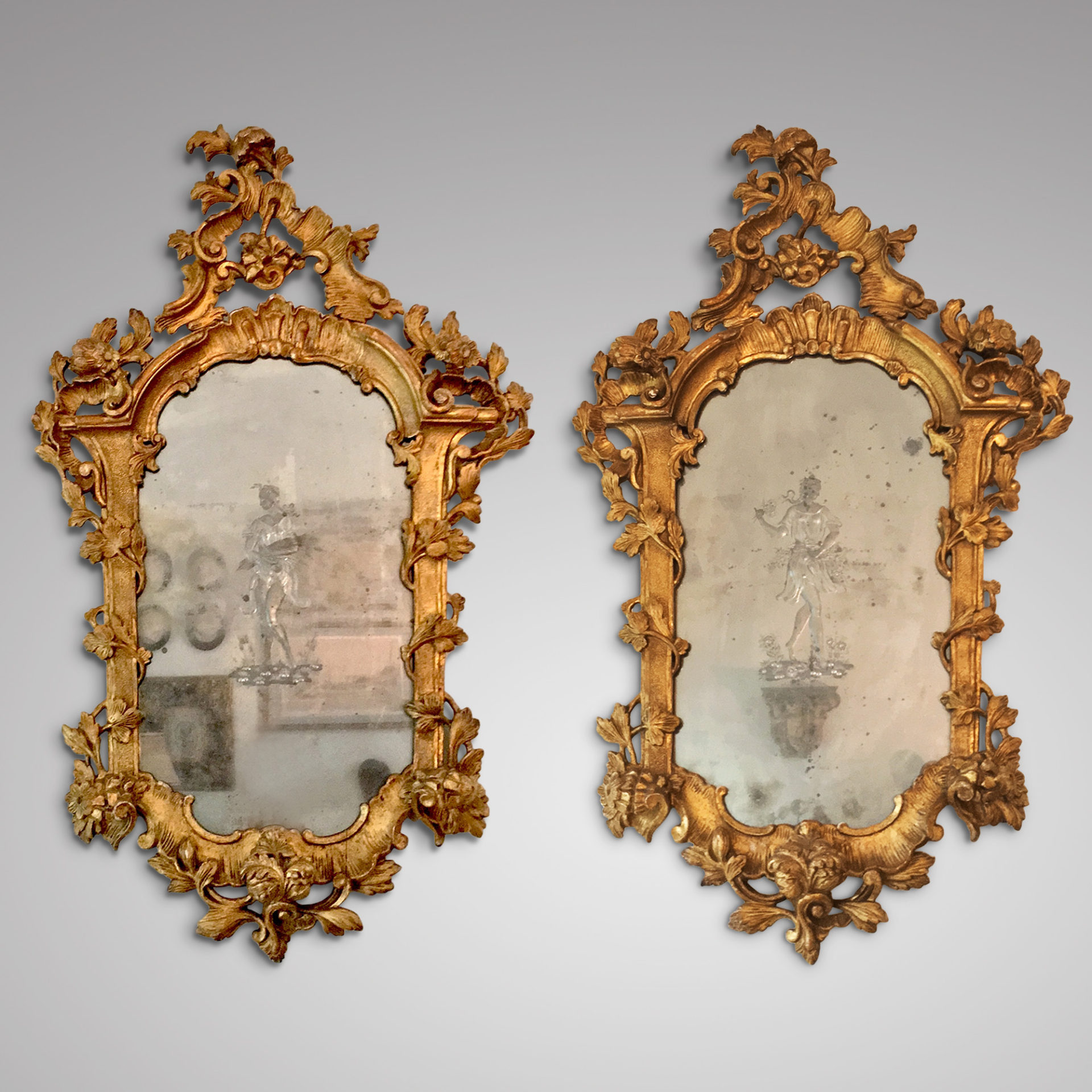Jerald Silva
Mrs. Grey
- Home
- Gallery
- Jerald Silva Mrs. Grey
Jerald Silva
Mrs. Grey
American, California (b. 1936 Sacramento- )
Mrs. Grey
Watercolor on sized paper
Signed and dated ‘71
48 ¼ x 50 ¼”
Exhibited
E.B. Crocker Art Gallery, The Art Museum of the City of Sacramento, 1975, Jerald Silva and His World – A Retrospective,
Catalog no.18, illus. in color
More Information
Watercolorist Jerald Silva was born in Sacramento, California in 1936. He attended Sacramento Junior College, Chouinard Art Institute, and Sacramento State College. Silva’s paintings have been exhibited widely, including the Palace of the Legion of Honor in San Francisco and the Upper Grosvenor Gallery in London.
Known as a realist, Jerald Silva has spent much of his career redefining “realism.” Silva’s realism may be painstaking in its rendition of objects observed in the world around him, but it is anything but naturalistic. It rearranges, modifies, even falsifies the nature of observed things and their relationships to one another, all according to the subjective responses of the artist. It could even be said that Silva indulges his own point of view at the expense of veracity. In that respect he capitalizes on one of the permissions given uniquely by painting; to challenge perception by giving new order to the perceived. Silva does not defy veracity; he defies mere veracity.
Confounding our expectations by reordering so many familiar things, and interspersing them with some things that at first seem unfamiliar, Silva challenges our comprehension further by employing a style as exacting and virtuosic as any used by contemporary representational painters. His pictures, for all their intricacies, are still inflected with a certain comforting homeliness. Few if any of their elements, after all, are unfamiliar to us, or are even distorted in any way that robs them of their reassuring commonness. Silva is as much a still life painter, of a sort, as he is a figure painter (again, of a sort). He takes few liberties with the way things and people appear. The liberties Silva takes are with the psychological and perceptual contexts in which such things and people are cast.
Despite the fact that stories seem to underscore so many of Silva’s pictures, the pictures exist not so much narratively as anecdotally. If Silva’s visual world is circumscribed (“my studio is my subject,” the painter has averred), each of his pictures proposes not a complete, closed story but a circumstance at which the artist/viewer and the subject/protagonists have happened to arrive. Silva may intervene in the order of things; but his manipulation of elements has an instability and provisionality to it. Such fragile coherence suggests not so much a narrative as it does the temporary sense of order and omnipotence associated with lucid dreaming (that is, dreaming in which the dreamer knows s/he is dreaming and attempts to take some control). Such incidentally evinces the familiarity with theatrical arts and theater people that Silva has maintained throughout his adult life; it also bespeaks the painter’s relatively improvisatory approach to composing his pictures, working as he does less by setting up and rendering tableaux than by compiling and interfacing elements that were initially discrete in time and space.
The incidental fleeting quality of Silva’s pictures is reified by his almost exclusive use of watercolor, with its restrained, even tenuous palette and its never-entirely-solid lines. As luminous as his tonalities are, Silva’s hues are almost invariably tonal. The inclusion of “local color” such as comic strips, children’s paintings or other pictures-within-pictures only proves the rule with exceptions. For all his engagement with the watercolor medium, however, Silva thinks in terms defined as much by the expansive emphatic–indeed theatrical – and highly self-conscious tradition of painting as by the intimate, offhand watercolor tradition.
…Silva relies on interior space as the arena of his pictorial expression. Interior space, bounded and artificially lit, is where physical and psychological sensation most readily merge into one another, setting the stage for a theater of the self. It is a theater of deflected sensuality, recaptured memory, a theater of ghosts and their passions, and of the artist thrown back upon himself, his obsessions and his desires, until all dissolve into the shadows.
When Silva says that his paintings are “terribly narcissistic – [they are] always about me,” we realize that, to upend the parlance of current critical theory, they privilege not the male gaze but the “me gaze.” Whether looking at something, imagining it, or approximating its reconstruction from his imagination in real time-space, Silva’s real subject is his own mind. What he privileges is his own particular perception. It is indeed a male perception, and its obscure objects of desire are often nude women of certain voluptuousness. The subjects’ poses are not lascivious, however, but matter-of-fact, or tender, or humorous, even satirical, mocking the very tradition(s) of male gazing that frame our initial reception of them. Furthermore, Silva devotes as much attention to his subjects’ faces as he does their bodies. Each of his sitters, nude or not, female or not, is perceived at once as an individual, nameable and identifiable, and a figure interacting with a space and its inanimate objects.
In recounting how particular pictures were composed and compiled, Silva remembers and reminisces about still life items as vividly as his figural subjects. He considers them almost as animate as the people who model with them. This, of course, is not to say that those people are virtually inanimate, but rather that Silva seeks to imbue his still life elements with much of the same provocative presence, because to his eyes those elements actually have that presence. By contrast, more than a few contemporary realist painters are wont to rob their figures of vivacity, reducing them to fleshy still lifes.
Silva’s pictures are much more than still lifes, and not just because their figures are credible. They are charged with psychological tension, the tension between voyeuristic impulse and sentimental attachment, between “objective” distance and the need to touch, even to embrace, no matter what the object of the artist’s gaze. In his layering of images and meanings, Silva is also working on many levels of possession and being possessed. And he is not, and cannot be, coy about this wrenching but enduring emotional state of deflected desire. Rather, in order to create intricate, resonant paintings Silva has almost to confess to his obsessions and his fears. His paintings are as affecting as they are because their ultimate subject is the humanness of the man who made them – and, by example, humanness in general. Silva does not insist on the pre-eminence of his point of view or the tragedy of his every manhood. Rather, he proposes that his point of view, for all the strangeness of the modifications it visits on reality, is typical.
The world Jerald Silva paints is as constricted as it is in order to reflect back to him, and us, the very act of apprehending it. We see thereby that it is shaped by the impulses and projections of a control freak, a voyeur, a narcissist, a mild paranoiac – that is to say, it is shaped by neuroses common to us all. Its cozy familiarity and dreamy softness, even sweetness, implies that this slightly fantasized reality is, but for the grace of the god of painting, not simply Silva’s projection, but ours.
Peter Frank: editor, Visions Art Quarterly, art critic, L. A. Weekly.
Intimate and Incorrect, Paintings in Watercolor by Jerald Silva
Solomon Dubnick Press, 1995










